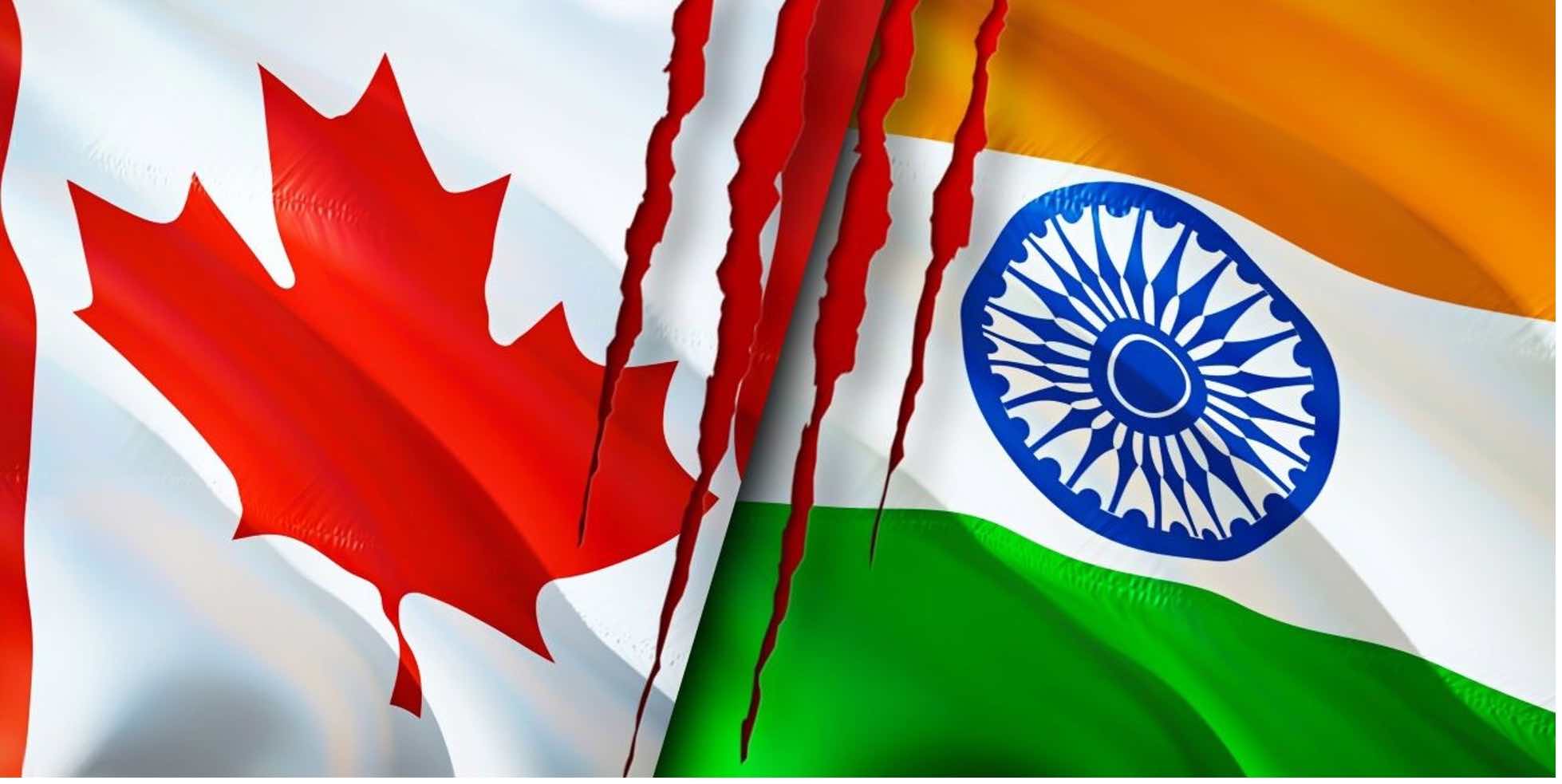In the complex world of global diplomacy, the India-Canada-Khalistan situation unfolds like a gripping geopolitical drama. This multifaceted narrative encompasses diplomatic collaboration, economic ties, and cultural exchanges between India and Canada, interwoven with a growing sense of unease—the resurgence of the Khalistan movement.
At the heart of this story is the vibrant Indian community in Canada, nearly 1.4 million strong, representing about 3.7% of the nation’s total population. Their cultural and ethnic ties to India add a unique dimension to this unfolding drama.
Historically, India and Canada have maintained a long-standing relationship marked by diplomatic cooperation and robust business engagements. Yet, recent years have seen complications emerge due to the renewed fervor of the Khalistan movement—a movement advocating for an independent Sikh homeland. As tensions escalate and accusations are hurled, this intricate narrative takes shape with unexpected twists reminiscent of the most enthralling sagas.
The struggle for Khalistan, the diplomatic challenges it poses, and the impact on the Indian-Canadian relationship all combine to create a narrative that continues to evolve, leaving observers and participants alike on the edge of their seats.
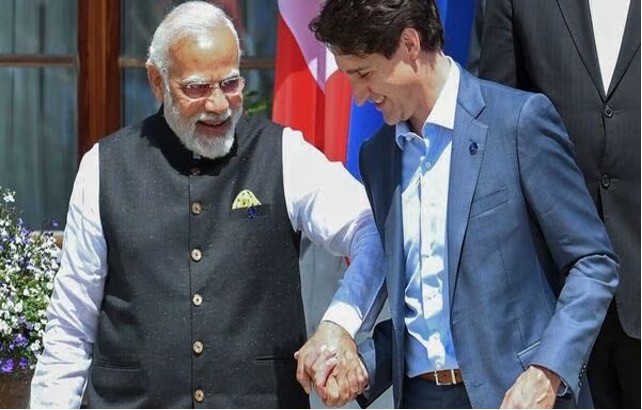
Origins and Significance of the Khalistan Movement
The India-Canada-Khalistan narrative is not a straightforward tale; it transcends borders and dives deep into the intricacies of contemporary diplomacy. To understand this narrative, we must first grasp the origins of the Khalistan movement and its significance in India. Essentially, the Khalistan movement represents the aspirations of Sikhs for their independent state. It emerged within India and gained prominence during the tumultuous 1980s and early 1990s. This period witnessed turbulent clashes between Sikh militants and Indian security forces, leaving indelible scars on India’s historical canvas. In June 1984, Operation Bluestar was a military operation initiated by the Indian government with the objective of ousting Sikh militants led by Jarnail Singh Bhindranwale, who had fortified themselves inside the sacred Golden Temple complex in Amritsar, Punjab.
Their demand was the creation of Khalistan, but under the leadership of Prime Minister Indira Gandhi, the Indian military and security forces moved in to remove the militants. The operation led to a significant loss of life among the militants and innocent civilians, and it inflicted substantial damage upon the revered Golden Temple. Operation Bluestar left indelible scars on the Sikh community, sparking widespread protests and anger in India and among Sikhs worldwide. The aftermath of this operation was equally grim, with the assassination of Prime Minister Indira Gandhi by her Sikh bodyguards in October 1984. This assassination triggered a wave of anti-Sikh riots across India, resulting in further loss of life and destruction. Today, Operation Bluestar symbolizes the intricate historical and political issues that have shaped the Sikh community’s identity in India.

Canada’s Role and the Sikh Community
Canada plays a significant role in the relationship between India, Canada, and the Khalistan movement because of its large Sikh community. Canada is known for welcoming people from all over the world and has embraced a growing Sikh population. As time has passed, the Sikh community in Canada has not only grown in size but also in its influence. Some members of this community have expressed support for the Khalistan movement, which has made the situation more complicated.
On one hand, this Sikh relocation has helped connect India and Canada culturally, serving as a bridge between the two countries. However, it has also become a source of disagreement. There are concerns that some members of the movement may be radicalized and could support separatist initiatives, which has raised worries and tensions. This community has steadily grown in size and impact in Canada, contributing significantly to the nation’s rich cultural tapestry.
What makes Canada’s involvement intriguing is that within this Sikh community, individuals support the Khalistan cause. This adds an extra layer of complexity to the situation, reflecting the diversity of opinions within the community. On one hand, this Sikh diaspora has played a positive role in building connections between India and Canada, fostering cultural exchange and strengthening economic ties. However, it has also raised concerns in India and Canada about the potential for radicalization and support for separatist movements.
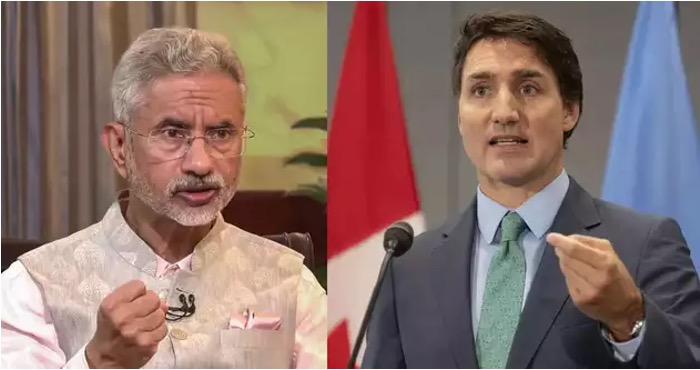
The Diplomatic Tightrope: Balancing India-Canada Relations
The story takes a dramatic turn when on 18 September, Canadian Prime Minister Justin Trudeau hinted that Indian government agents may have played a role in killing Hardeep Singh Nijjar, a prominent leader within the Khalistani movement.
Nijjar was assassinated in British Columbia, Canada, and Trudeau’s statement about possible Indian involvement sent shockwaves through diplomatic circles. This accusation triggered a fierce dispute between India and Canada, with India vehemently denying any participation in Nijjar’s murder. The situation quickly evolves into a full-blown diplomatic standoff. India called upon Canada to provide substantial evidence to substantiate its claims and expressed its readiness to conduct a thorough investigation but emphasized the necessity of receiving specific and pertinent information from the Canadian government.
Amidst this high-stakes international diplomatic saga, S. Jaishankar has emerged as a pivotal figure. The tensions between India and Canada have transformed this diplomatic standoff into a high-octane thriller. At its core lies Prime Minister Trudeau’s controversial assertion that Indian government agents played a role in the assassination of Hardeep Singh Nijjar. Jaishankar clarified that India does not need a lecture on freedom of speech, pointing out Canada’s leniency towards terrorism, extremism, and violence. The presence of Khalistani threat posters with the names of Indian diplomats in Canada and an attack on the Indian Consulate in San Francisco has certainly raised eyebrows.
Moreover, Jaishankar revealed a harsh reality that Indian diplomats in Canada feel unsafe, publicly intimidated, and unable to carry out their work effectively. This dire situation led to the temporary suspension of visa operations in Canada, a significant step in showcasing India’s concern. As Jaishankar’s words reverberate on the global stage, one thing is clear: he calls for a resolution to this diplomatic standoff. He emphasized that the world should not normalize what is happening in Canada and urged Canada to share specific evidence to back its allegations, a critical step towards finding common ground. The ongoing discussion between India and Canada on this matter has far-reaching implications. It is not just about two nations but how the world responds to such incidents.
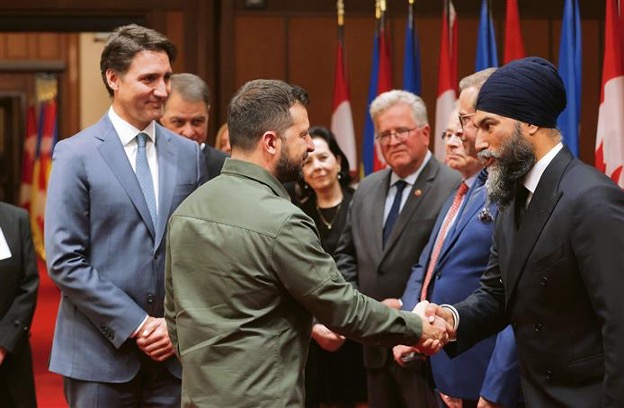
The Global Implications and Call for Diplomacy
As we conclude this gripping diplomatic narrative, the India-Canada-Khalistan saga emerges as a captivating tapestry interwoven with geopolitical intricacies, diaspora influence, and the enigmatic world of international diplomacy. It serves as a stark reminder that claims in the global arena should find their roots in robust evidence rather than mere public accusations. This narrative underscores the paramount significance of diplomacy, the subtle and behind-the-scenes discussions that unlock the doors to resolving intricate international conflicts.
Furthermore, it spotlights the imperative of addressing delicate geopolitical matters through dialogue and cooperation, sounding a clarion call to nations to discover common ground even amidst discord. While India and Canada persist in their tireless endeavors to decipher this enigmatic chapter, the world’s gaze remains transfixed upon them, collectively yearning for the triumph of diplomacy that can restore equilibrium to their intricate relationship.
Amidst the lingering complexities of the Khalistan movement, one truth stands undeniable—the path forward is irrevocably guided by diplomacy, substantiated claims, and open dialogue. This enthralling narrative masterfully intertwines history, the far-reaching influence of diaspora communities on global relations, and the intricate dance of high-stakes diplomacy. It spotlights the precarious balance required to navigate such sensitive geopolitical matters. There exists a collective hope that a peaceful resolution will ultimately take center stage, setting the backdrop for enduring stability in the intricate bond shared between India and Canada.
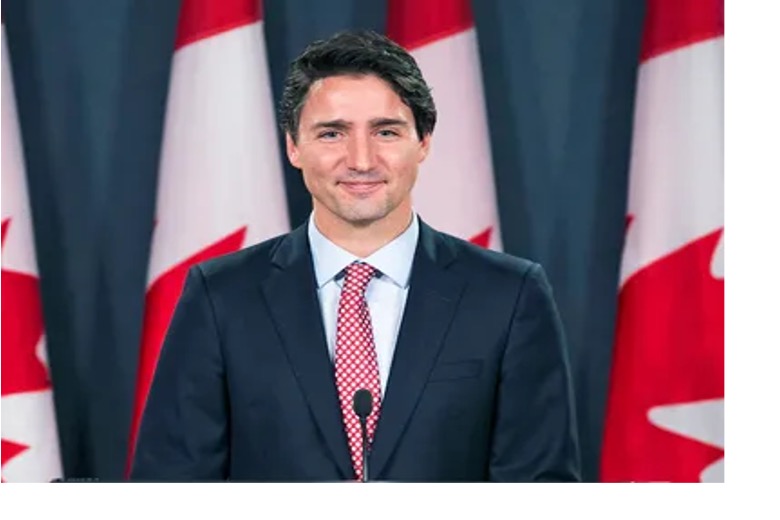
Conclusion
In summation, the India-Canada-Khalistan situation serves as an illuminating exploration of the diplomatic labyrinth, shedding light on the intricate nature of modern diplomacy. It underscores the profound impact of diaspora communities on international affairs and, most importantly, the imperative of handling sensitive geopolitical matters with utmost care. This controversy emerges as a tapestry woven from multiple threads of geopolitics, diaspora influence, and diplomatic intrigue, serving as a stark reminder of the paramount importance of anchoring claims in tangible evidence rather than relying on public allegations. It celebrates the value of diplomacy—the art of behind-the-scenes discourse—as the linchpin in resolving intricate international conflicts. This dispute, above all, reinforces the need for addressing sensitive geopolitical issues through dialogue and cooperation, urging nations to unite despite discord.
In a world where the eyes of the globe remain fixed upon India and Canada, fervent hope lingers for a triumphant culmination—a resolution driven by diplomacy, substantiated claims, and earnest dialogue. As the complexities of the Khalistan movement persist, the path forward lies clearly in the realm of diplomacy, backed by evidence and fueled by constructive conversation.
Written by – Aarushi Pawar
Edited by – Rajan Patel

